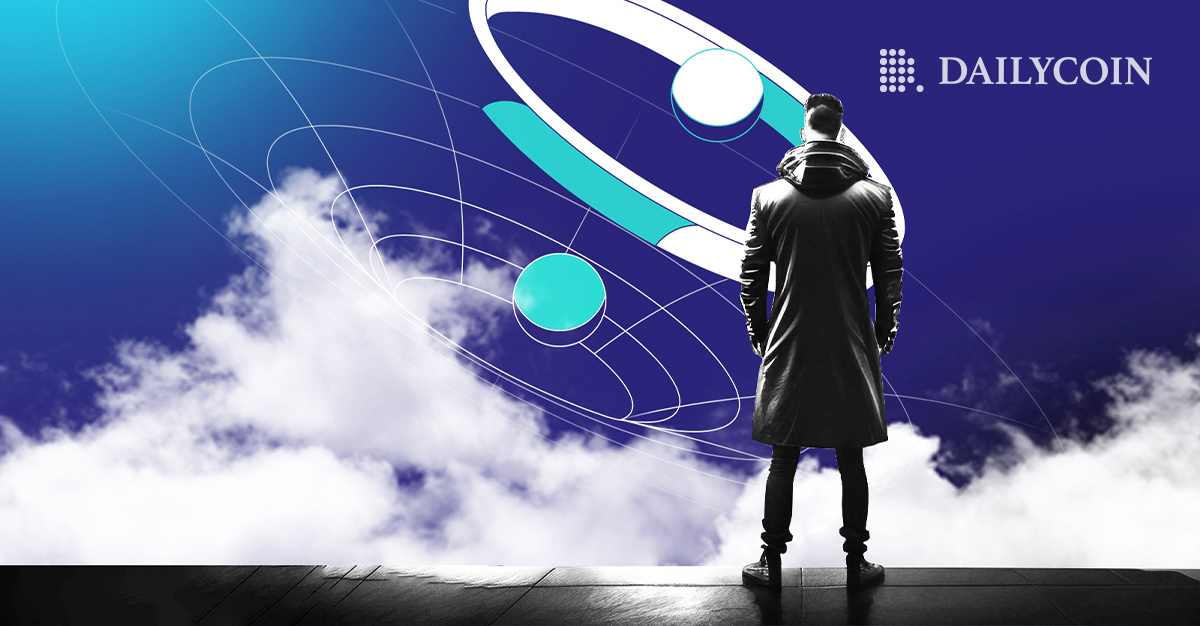- Ref Finance, a major decentralized exchange (DEX) on NEAR, received a major upgrade.
- Ref v2 has features that rival Uniswap v3, including discretized liquidity that enables better rewards for LPs.
- Ref v2 has built-in limit orders with near-zero slippage. This makes for a CEX-like trading experience with all the benefits of a DEX.
- Thanks to its advanced features, Ref v2 could help bring DeFi to the mainstream.
The collapse of FTX has demonstrated the need for decentralized trading solutions for retail and professional traders alike. Traders are becoming more conscious of the benefits of self-custody in crypto trading.
Luckily, when it comes to trading on decentralized exchanges (DEX), traders have more options than ever. One of these is Ref Finance, a decentralized finance (DeFi) platform on the NEAR protocol.
Ref Finance is an open-source DeFi protocol on NEAR, focusing on user experience, capital efficiency, and transparency. Its founder Illia Polosukhin is also the co-founder of NEAR Protocol.
In Feb 2022, Ref Finance raised $4,8 million, with Jump Capital leading the funding round. The project received a grant from the Near Foundation.
Recently, Ref Finance got its first major upgrade, Ref v2, with several innovative features. These include a new liquidity model that completely changes the DEX trading experience.
This article will be a deep dive into Ref v2, its features and benefits, and what it could mean for the future of DeFi.
What Is Ref v2?
Ref v2 is a new upgrade to the Ref Finance trading protocol. It aims to provide a trading experience similar to centralized exchanges (CEX) with all the DEX benefits.
In technical terms, Ref v2 is a Discretized Liquidity Automated Market Maker (DLAMM) with limit orders. A market maker is a player that provides liquidity (regularly buying and selling assets) to a market.
In DeFi, smart contracts called automated market makers (AMM) typically provide this function. Ref v2’s DLAMM is an improved version of concentrated liquidity AMMs in other DeFi platforms like Uniswap.
Ref v2 Discretized Liquidity VS Uniswap’s Concentrated Liquidity
Ref v2 and Unsiwap AMMs have specific mechanisms that enable them to save capital by providing liquidity exactly where the market needs.
Uniswap v3 (its latest upgrade) does this with concentrated liquidity. This mechanism allows liquidity providers (LPs) to allocate capital to specific price ranges. This greatly improves the liquidity and capital efficiency of the system. This also allows LPs to earn greater rewards than in systems with liquidity spread across the entire price range.
On the other hand, Ref v2 uses a discretized liquidity model. Its Discretized Liquidity AMM (DLAMM) allows LPs to allocate capital to specific price points rather than price ranges. This further improves capital efficiency and LP rewards.
Ref v2 DLAMM is a more efficient version of the Uniswap concentrated liquidity AMM. This enables Ref v2 to offer better rewards to LPs and more market liquidity.
CEX-Like Trading Experience of Ref v2
Ref v2 also has built-in limit orders with near-zero slippage. This feature is crucial for providing a better experience to traders.
Because of relatively low liquidity, DEX traders would not know exactly what price they would get even after placing an order. Limit orders allow traders to set minimum sell prices and maximum buy prices for their traders.
This feature allows Ref v2 to offer a CEX-like experience with all the DEX benefits. Moreover, when traders place limit orders on Ref v2, they become temporary LPs in that pool. This mechanism helps reduce slippage even further, ensuring traders don’t overpay for their trades.
These features might make DEXs more attractive to high-frequency traders, including bots and quants.
Ref v2 Boasts Advantages, Thanks To NEAR
Ref v2 has another advantage over Uniswap, it works on the NEAR blockchain. Unlike Ethereum, Near has high transaction speeds, fast finally, and low fees.
On Near, blockchain transactions are finalized (and irreversible) in just 1-2 seconds. That’s compared to 15 minutes for Ethereum and 60 minutes for Bitcoin. Gas fees are lower than $0.01 per transaction.
These advantages are essential for DEXs to overcome the network effect of centralized exchanges.
Higher speeds and low gas fees will likely appeal to high-frequency traders. For these traders, trading fees make up a significant portion of their costs. These traders will, in turn, increase the network’s liquidity and attract others.
Can Ref v2 Take on CEXs?
So far, decentralized exchanges have not offered a good deal to major traders. That’s why JP Morgan predicted that decentralized exchanges would continue to dominate crypto, even after the FTX collapse.
However, DEXs are quickly becoming a better deal. With Ref v2, traders will finally get an option to use a DEX with the features they expect from centralized exchanges.
Credit: Source link






























